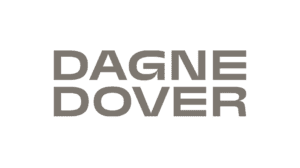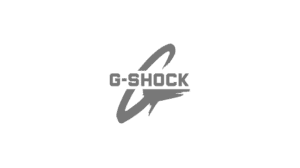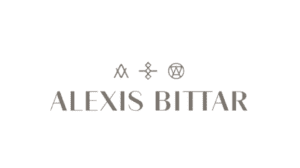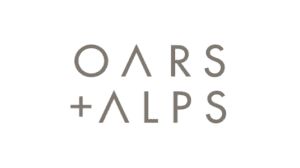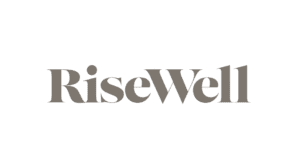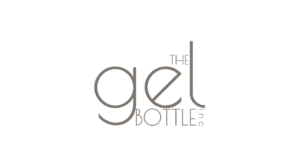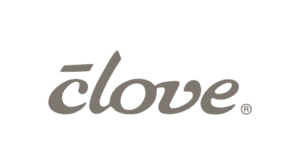Over-The-Top (OTT) advertising is the new buzz word in the marketing industry. In the past year, we’ve seen a significant shift from Linear TV to Streaming TV. With 80% of U.S. households already subscribed to a streaming service, cord cutting hits record in 2020.
Increased popularity of Streaming TV sets the stage for OTT advertising. OTT, backed with smart targeting and measurement capabilities, is the most effective channel to reach large audiences on big screens.
Mason Interactive partnered with America’s #1 TV streaming platform, Roku, to host a webinar on Streaming TV and OTT advertising. Webinar hosts Chris LaHaise, Roku, and Adrian Padron, Mason Interactive, shared OTT advertising tips, tactics and best practices.
Watch the OTT advertising webinar replay here, or continue reading for webinar highlights. You’ll learn what OTT advertising really means, and how you can use Roku to build full-funnel, cross-device advertising campaigns.
What is OTT?
So, what exactly is OTT and why has it become so popular? OTT stands for “over the top” which is video content served to viewers from the internet instead of through cable, or broadcast – on any device. Examples of such platforms are Netflix, Prime Video, and Hulu. Also, you may have heard the term “Streaming TV” which refers to smart TVs, like Roku, Fire TV, or gaming devices like Playstation, that are connected to a television and have internet connection.
Today’s consumer wants more control over what they watch and when they watch it, and as a result, the industry has seen a shift from Linear TV to OTT and Streaming TV. This type of consumer is called a “cord cutter”.
On the webinar Chris shared the latest Streaming TV statistics: “Within the past year, streaming has grown at a faster rate when people stay indoors. In fact, Streaming TV is growing three times faster than Linear TV”.
How OTT advertising works?
Advertising on traditional Linear TV is based on finding content that you think makes most sense to your target audience. For example, if your target consumer is a sports fan, you may buy ad placements during a football game. If you’re looking for a bespoke audience, it can become more difficult to reach the right audience with Linear TV.
With OTT advertising, ad placements are based on viewership. Advertisers can reach users wherever they are, not just where they might be. Thanks to smart targeting and audience insights, campaigns are more effective and deliver better return on advertising spend.
Now that we’ve compared OTT advertising to advertising on Linear TV, let’s look at how streaming dominates consumer behavior across digital channels. An average consumer spends 53 minutes on social, 11 minutes on search, 43 minutes on shopping, and 99 minutes on streaming platforms every day (eMarketer).
Why advertise with Roku
With 50M+ active accounts, Roku is America’s #1 TV Streaming platform. It has the highest OTT market share leaving behind competitors like Fire TV, Chromecast, and Apple TV. Roku’s Audience Network consists of over 100 premium channels, and it also has its own channel, Roku Channel.
To give you a full view of the opportunity, let’s dive into a few commonly asked questions about OTT advertising and Roku.
How do I advertise on Roku?
Roku’s self-serve OneView Ad Platform is one of the biggest perks of advertising on Roku. Thanks to its incremental reach, you can reach 4 out of 5 homes in America with OneView. And you’re not limited by any one media type or device. Through the platform you’ll be able to manage your entire campaign all in one place, and run video, display, banner, and audio campaigns on any ad platform.
Advertisers have access to instant forecasting and insights before,
during, and after
a campaign. You can monitor insights such as site visits, location attribution, audience insights, and you can even see inventory recommendations.
How Roku gathers consumer insights?
The advertising industry is rapidly moving towards a privacy-first, cookie-less environment where access to third party data will be limited. First party data will become the golden ticket needed to continue effective advertising efforts. When advertising on Roku, everything is centered around Roku’s first party data that lives on the platform itself. Roku’s streamer profile data has the information on who the user is, how they behave, and what they watch. Advertisers can expand targeting by leveraging third party data sets for additional reach, all in OneView platform.
“Roku profile data combined with third party data sets expands what’s possible, giving you the opportunity to do as much as you can all in one place”, Chris shares.
Moreover, Roku is the operating system for one in three new smart TVs in America. This means that these smart TVs have Roku software already built in. Leveraging the software, Roku can read the screen to understand what the user is watching not only on the Roku app, but also on Linear TV.
Can I use OTT advertising for a full-funnel approach?
Today’s customer journey has multiple touch points on various devices, beyond the TV screen. Picture Matt who is watching his favorite show on his living room couch. An ad for your brand shows up on the TV screen and caughts Matt’s interest. The next day on his commute to work, Matt sees your brand’s banner ad on his mobile device. Later that day, Matt is in the office and visits your website on his laptop to make a purchase.
A full-funnel strategy enables a seamless customer journey just like Matt’s. With Roku and OTT advertising, advertisers can reach their audience across devices, and best of all, advertisers can measure and track the entire journey from awareness to purchase.
What if the user has an ad-free subscription?
OneView platform has a range of unique targeting options that allows you to build your ideal audience. We already discussed the power of Roku’s first party data, and how that combined with third party data gives you more effective targeting opportunities.
Roku’s unique targeting options allows you to reach your audience even if they’re using ad-free subscriptions. Your target user may prefer to watch their favorite shows on Netflix without an ad in sight. Subscriptions like Netflix or Hulu, where consumers pay a flat monthly rate to consume content, are called SVODs (subscription video on demand). Within Roku, advertisers can add SVOD users into a target group and reach them through mobile and desktop campaigns.
Advertisers can use Roku’s streaming guide to get in front of users who don’t watch ad-supported content but use Roku’s streaming device to watch Netflix.
Can I find out who sees my competitor’s ads?
OneView platform allows you to find households that have recently seen your competitor’s ads on Streaming TV or Linear TV. Tap into the opportunity to expand your market share and ensure consumers won’t only hear from your competitor, but from you as well.
How to get started with Roku advertising
Are you ready to join other marketers on the new wave of advertising? Partnering with Mason Interactive on your OTT advertising campaigns, you enjoy a low barrier to entry without minimum ad spend requirements. Schedule a free consultation with our OTT advertising experts to build a customized solution. During the consultation we will look at your unique needs, your Roku audience size, and run a go-to-market test for your brand.










